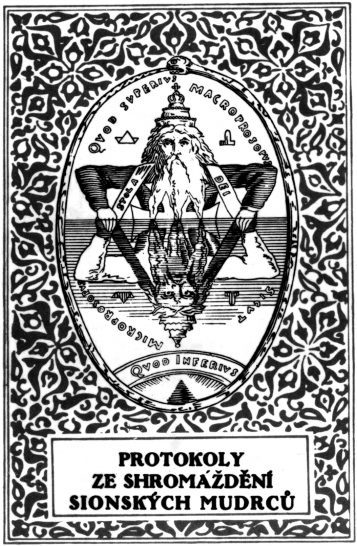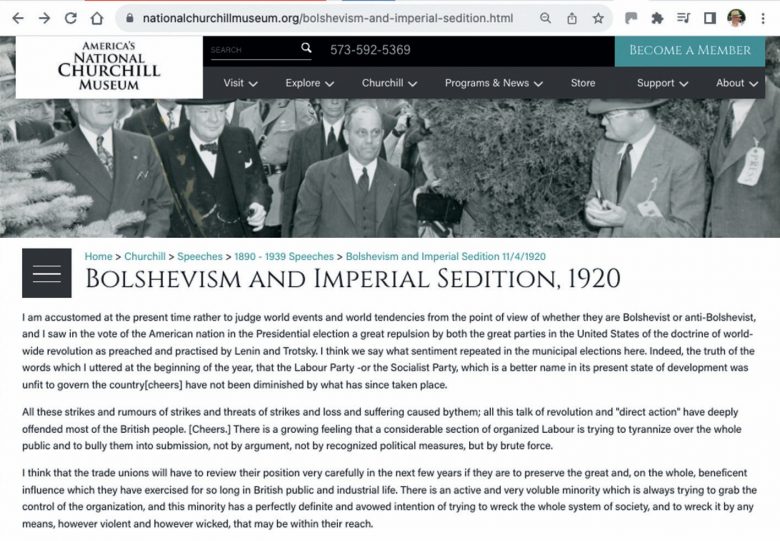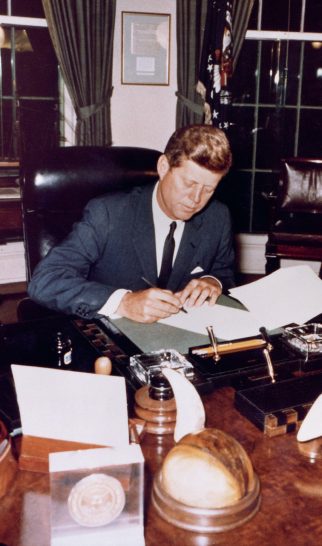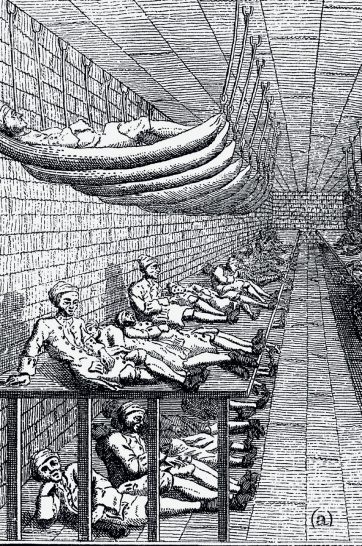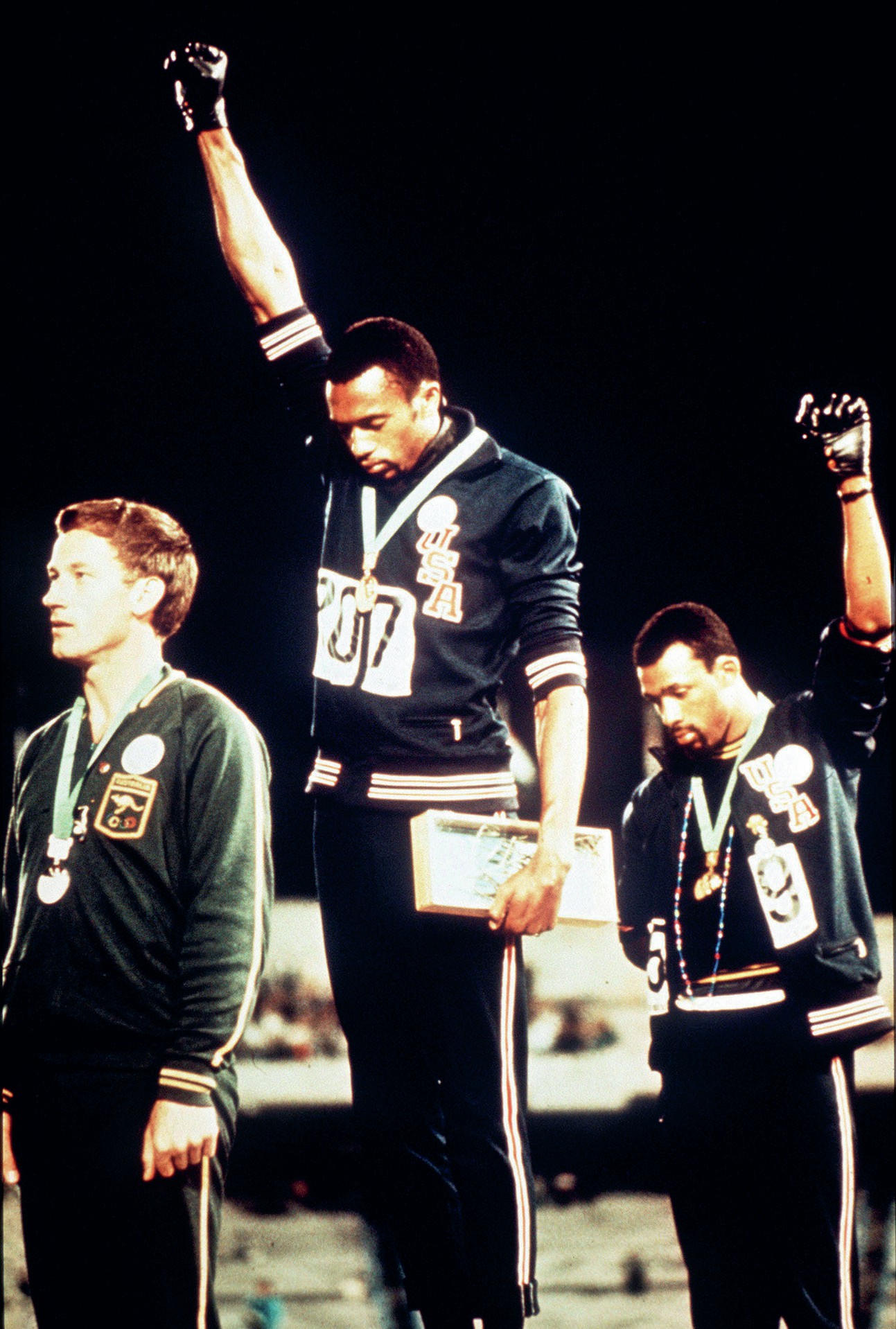
In 1964 and 1965, President Johnson signed the Civil Rights Act and Voting Rights Act into law. It is tempting to view these two momentous pieces of legislation as the culmination of the civil rights movement, but the USA remained a fractured society in the decade that followed. Black Americans continued to protest against inequality, as did Native Americans, women and homosexuals. The US Constitution claimed that ‘all men are created equal’, but how far was this actually the case in the USA in the decade after the Civil Rights and Voting Rights Acts?
Although racial discrimination was illegal in the USA after 1965, many black people were still unhappy that segregation continued to exist in practice — they felt that the civil rights campaign had failed to improve their daily lives. Black Americans were twice as likely to be in poverty or unemployed compared to whites and felt discriminated against by employers, the police and the authorities.
Your organisation does not have access to this article.
Sign up today to give your students the edge they need to achieve their best grades with subject expertise
Subscribe

